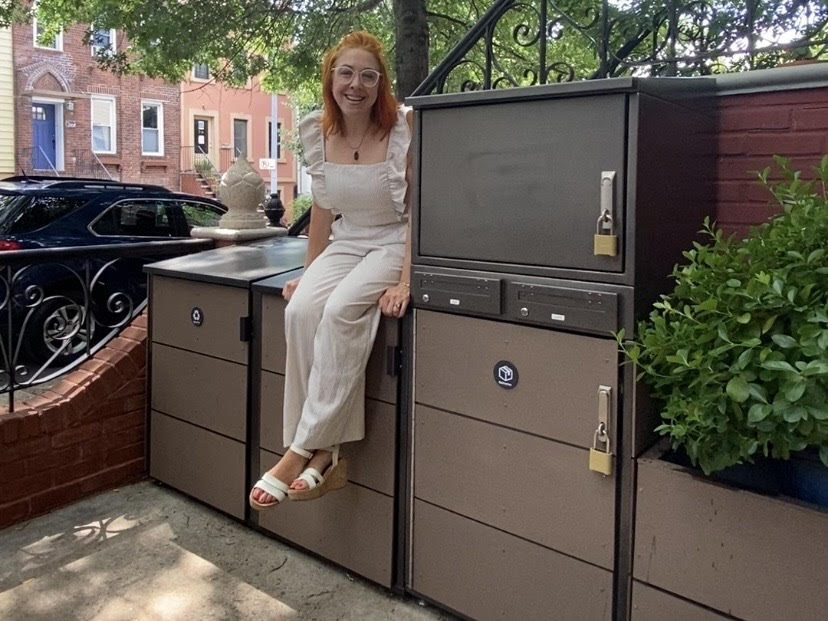It’s Been a Year Since My Business Hit Bottom. I’m Still Here

“I Googled the word bankruptcy for the first time in my business life.”
By Liz Reisch Picarazzi
I’ve had a few meltdowns in my life, but nothing like the day in April 2020 when Shake Shack, Ruth’s Chris Steak House, and Potbelly—public or otherwise investor-backed companies—snatched Paycheck Protection Program loans, while small businesses like mine didn’t make the cut.
My husband and daughter witnessed me tantruming on the floor about Larry Kudlow’s wife obtaining a PPP loan—for an art studio featuring her paintings of his ties. My family is incredibly loving and supportive but didn’t know what to do about finding mom in the fetal position on the floor, crying about Treasury Secretary Steven Mnuchin. It wasn’t my finest moment.
Revenue had dropped 77 percent and clients were canceling or putting projects on hold. I had laid off my whole team in early April, some of whom were recovering from Covid. At the height of pandemic in NYC, it wasn’t uncommon for someone to get Covid and a pink slip at the same time. I didn’t want to be that employer.
I had just made a large inventory purchase, which tied up cash and created debt to suppliers that I wouldn’t be able to pay with no sales. CitiBin sells large, heavy aluminum enclosures to conceal trash and recycling cans, so if inventory doesn’t move, warehouse costs are high and eat into margin.
I’ve been in business 10 years, but didn’t fully understand or appreciate cash flow until the pandemic. Big businesses have money in the bank, or access to capital, to float them through rough waters for months or years. Like many small businesses we didn’t have that rainy day fund, so we patched the holes with PPP, EIDL, credit cards, and by renegotiating payment terms with suppliers.
Being undercapitalized and dependent on the government was crazy stressful. I looked everywhere for ways to cut costs, from whacking LinkedIn Premium to switching warehouses to cost-reengineering our products to changing the sales commission structure.
I Googled the word bankruptcy for the first time in my business life. Luckily I didn’t need to go too far down that rabbit hole, because CitiBin had substantial inventory as assets. Once that inventory sold, I had the cash to pay my debts.
My pandemic business bottom was compounded by the loss in December 2019 of my first business, Checklist Home Services, which had been New York City’s highest rated, licensed, insured, woman-owned handyman company. Although I had sold Checklist and not been involved for two years, its demise made me really sad.
I was heartbroken about Checklist when the pandemic hit. But I couldn’t linger in the upset because CitiBin needed to survive. And we have.
In fact, the business is thriving, not just surviving. In my next 21 Hats post I’ll share what we did to make 2021 our strongest.
Liz Reisch Picarazzi, CEO of Citibin, writes regularly about her entrepreneurial journey.